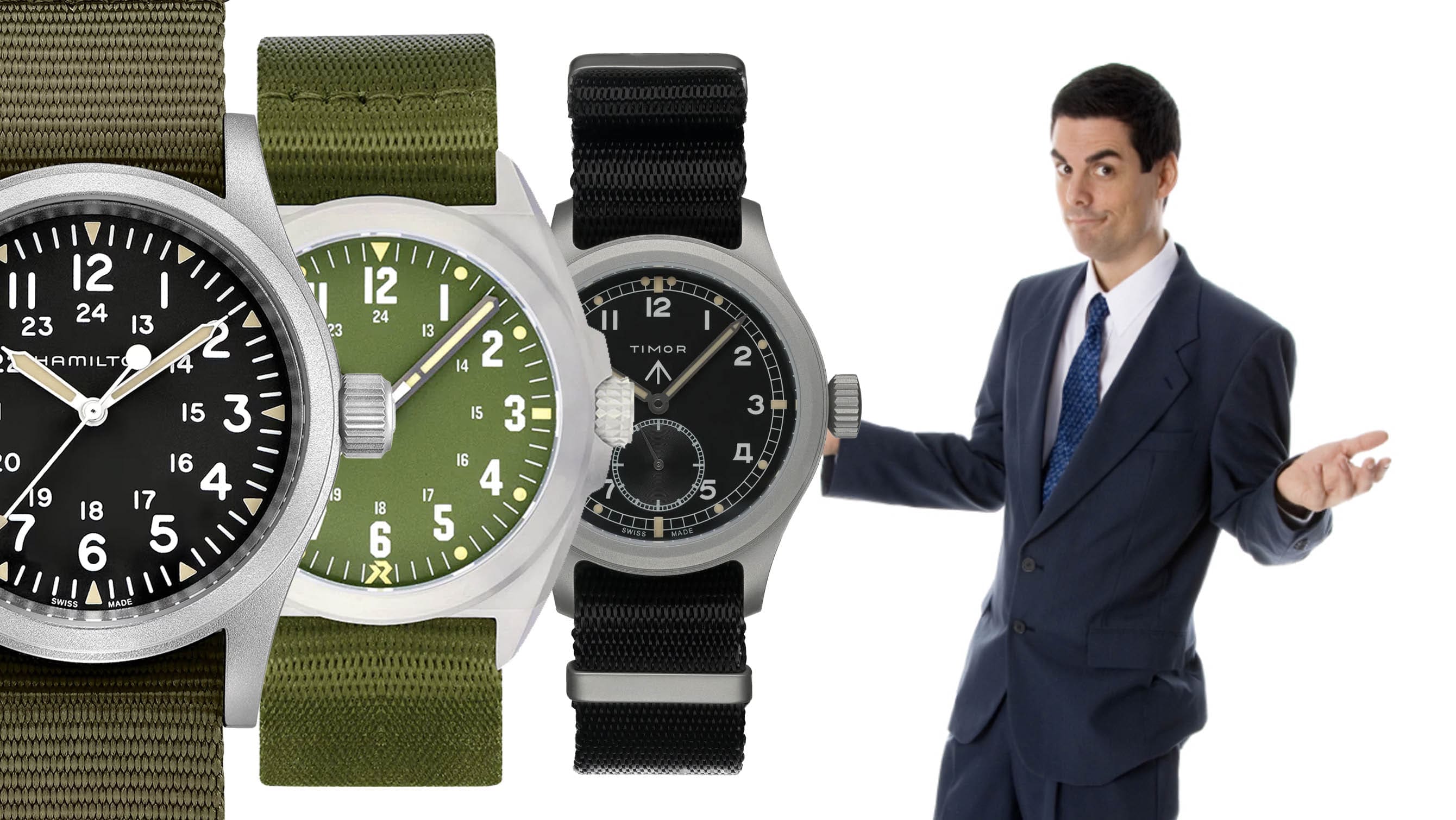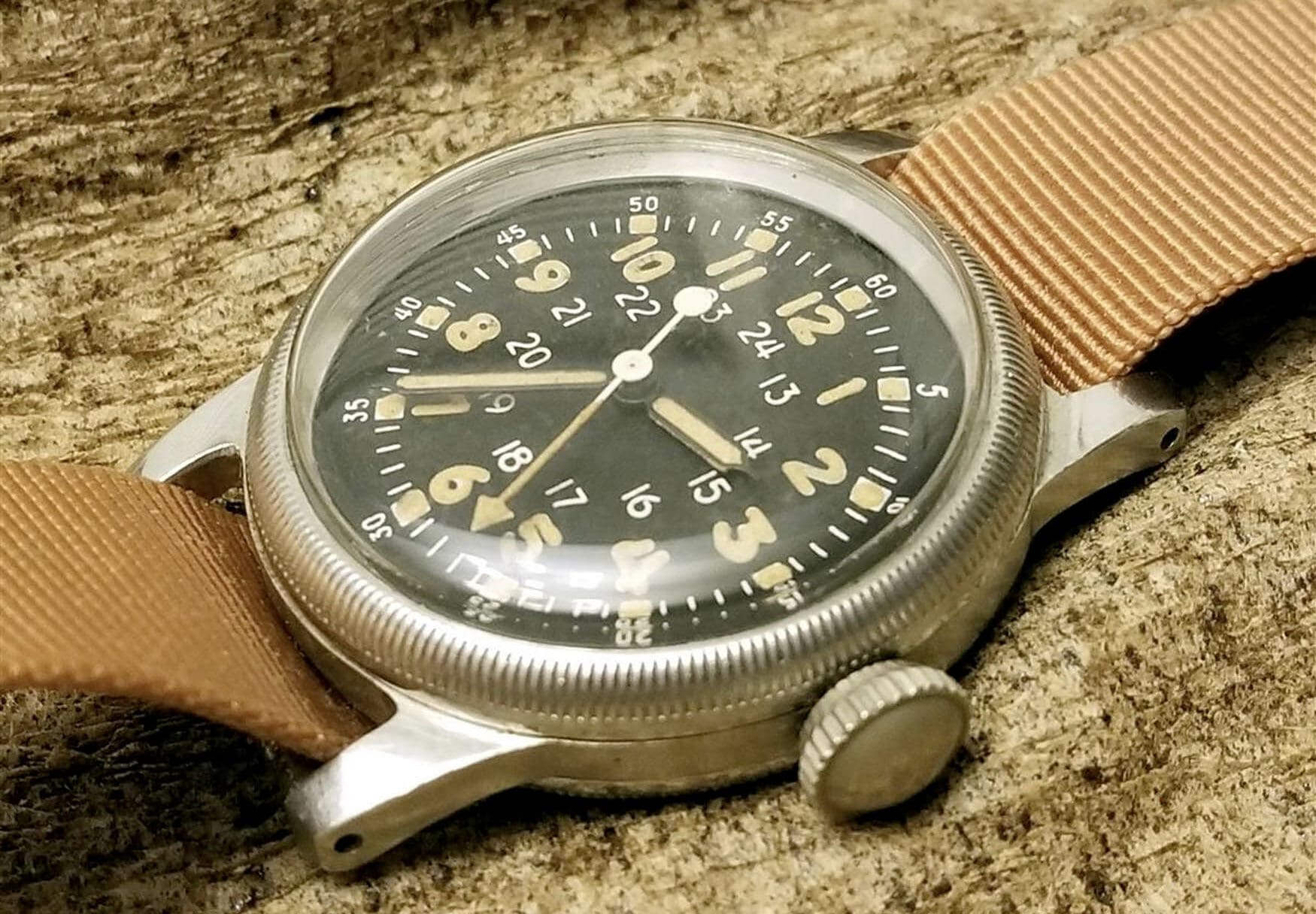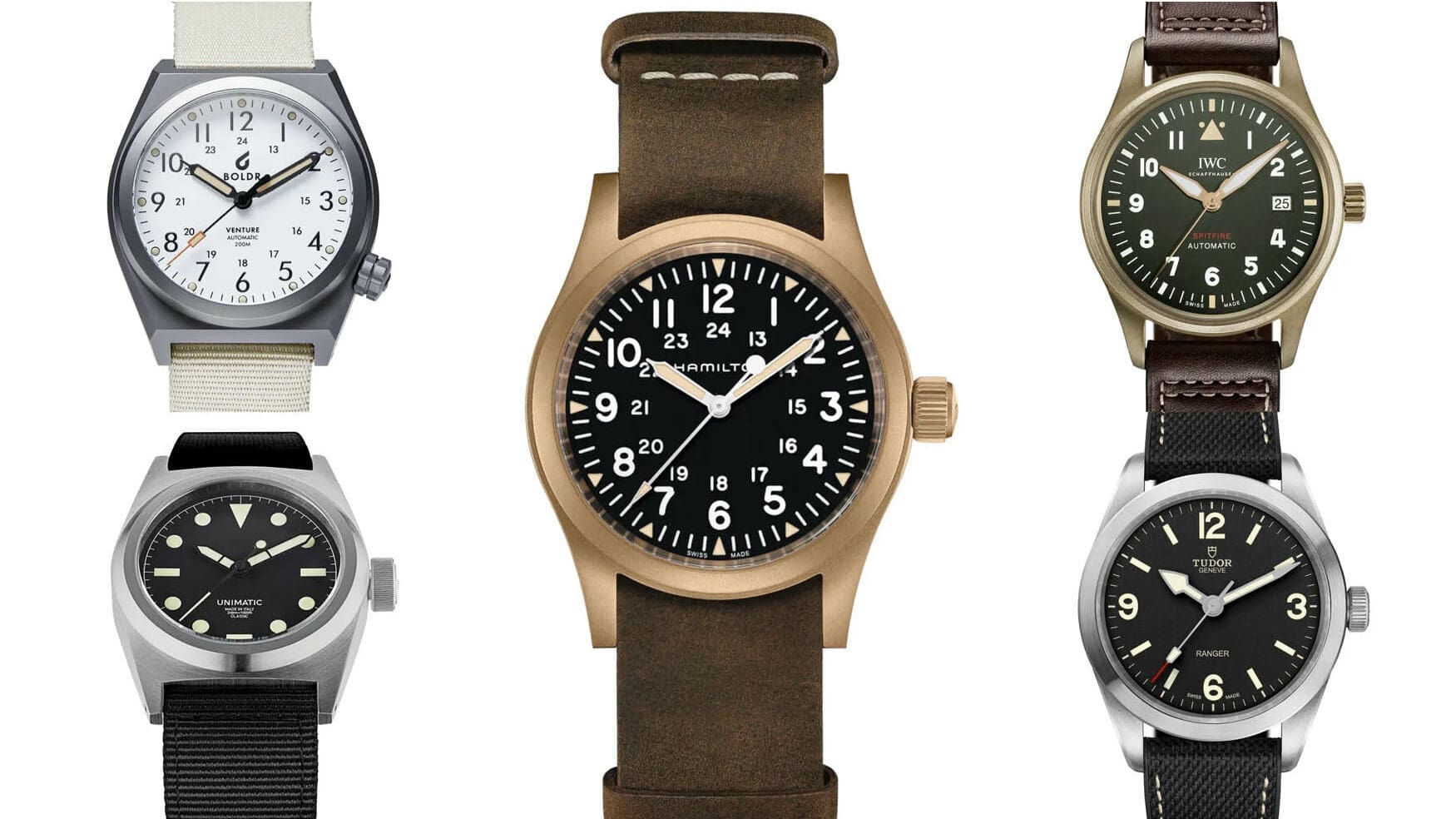What is a field watch?
Fergus NashOf all watch genres, a field watch is possibly the least self-explanatory. It might not click after seeing a few examples either, as any simple and hard-wearing watch would also be good for ploughing in fields or maybe have something to do with magnetic fields. In actuality, field watches were intended for military troops to wear ‘in the field’ of WWII. For the uninitiated, let’s demystify the origin of field watches and where the genre stands today.
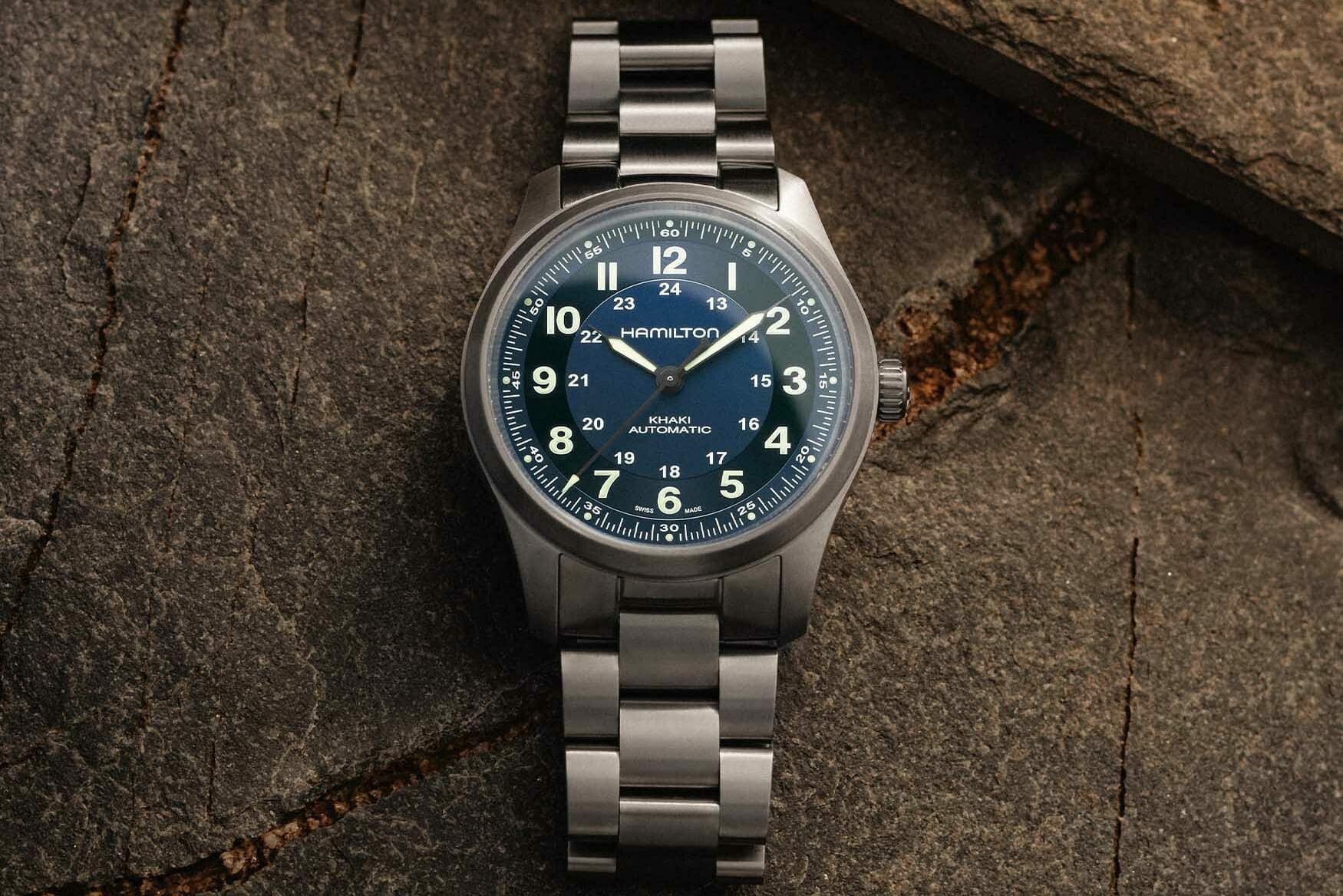
The field watch didn’t develop out of popular trends or technological breakthroughs, rather it was a planned-out echo to the first wristwatches of the first World War. Strapping watches to the wrist made it easier to check the time and keep your hands free during combat, but they were generally a hodgepodge of pocket watch styles which could break easily. Men’s wristwatches had developed significantly in the years after WWI, and when WWII loomed, the militaries were prepared.
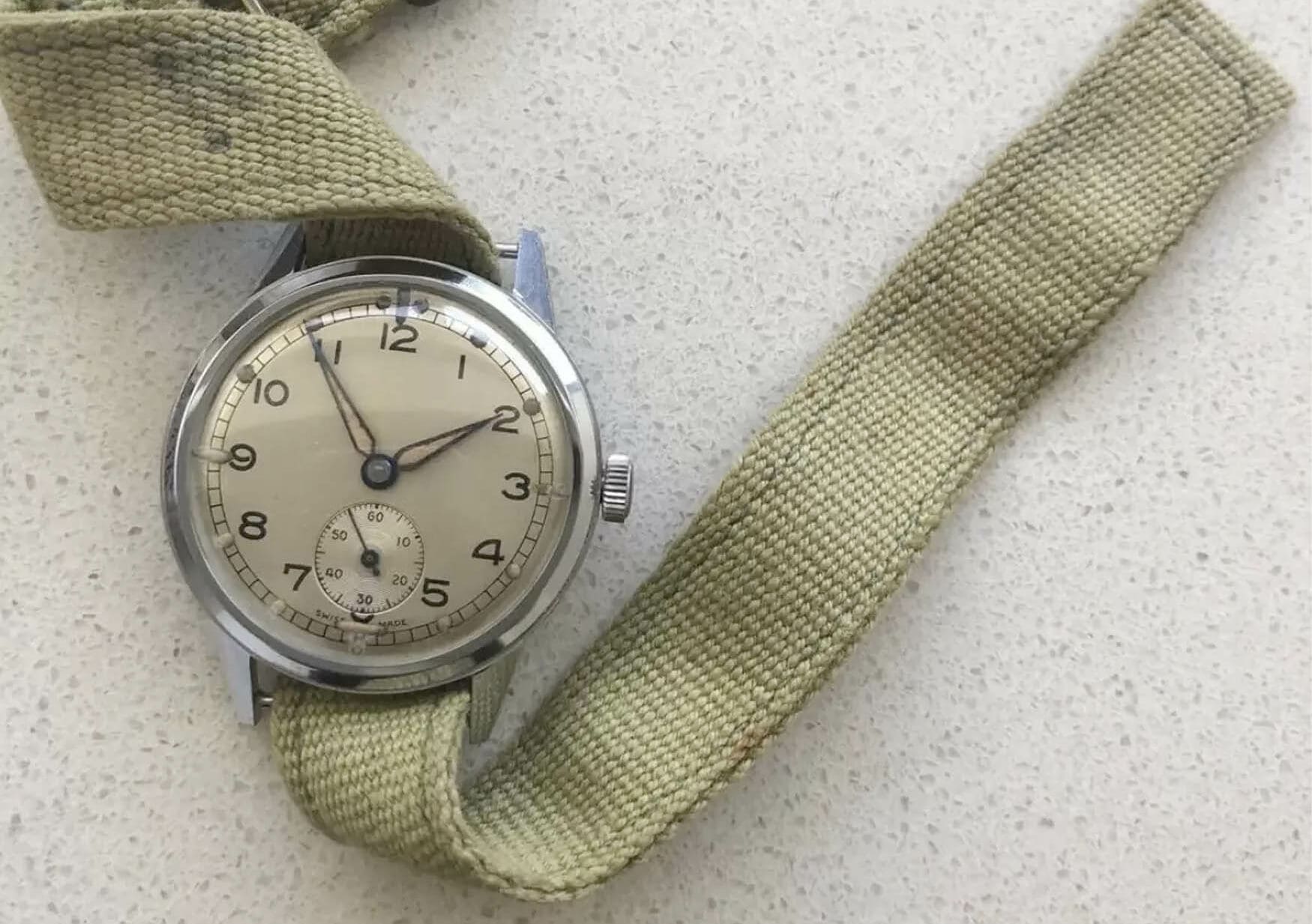
At the beginning of WWII, the British Ministry of Defence made a contract with 17 Swiss watchmakers to supply what they called the ATP, or Army Trade Pattern series of watches. They had 31mm ‘waterproof’ cases, white dials with luminous indices, and luminous hands. They also had to have a small seconds subdial, with an accuracy within +/-30 seconds per day. In an effort to show neutrality, the Swiss factories also produced black-dialled versions of these watches for German troops.
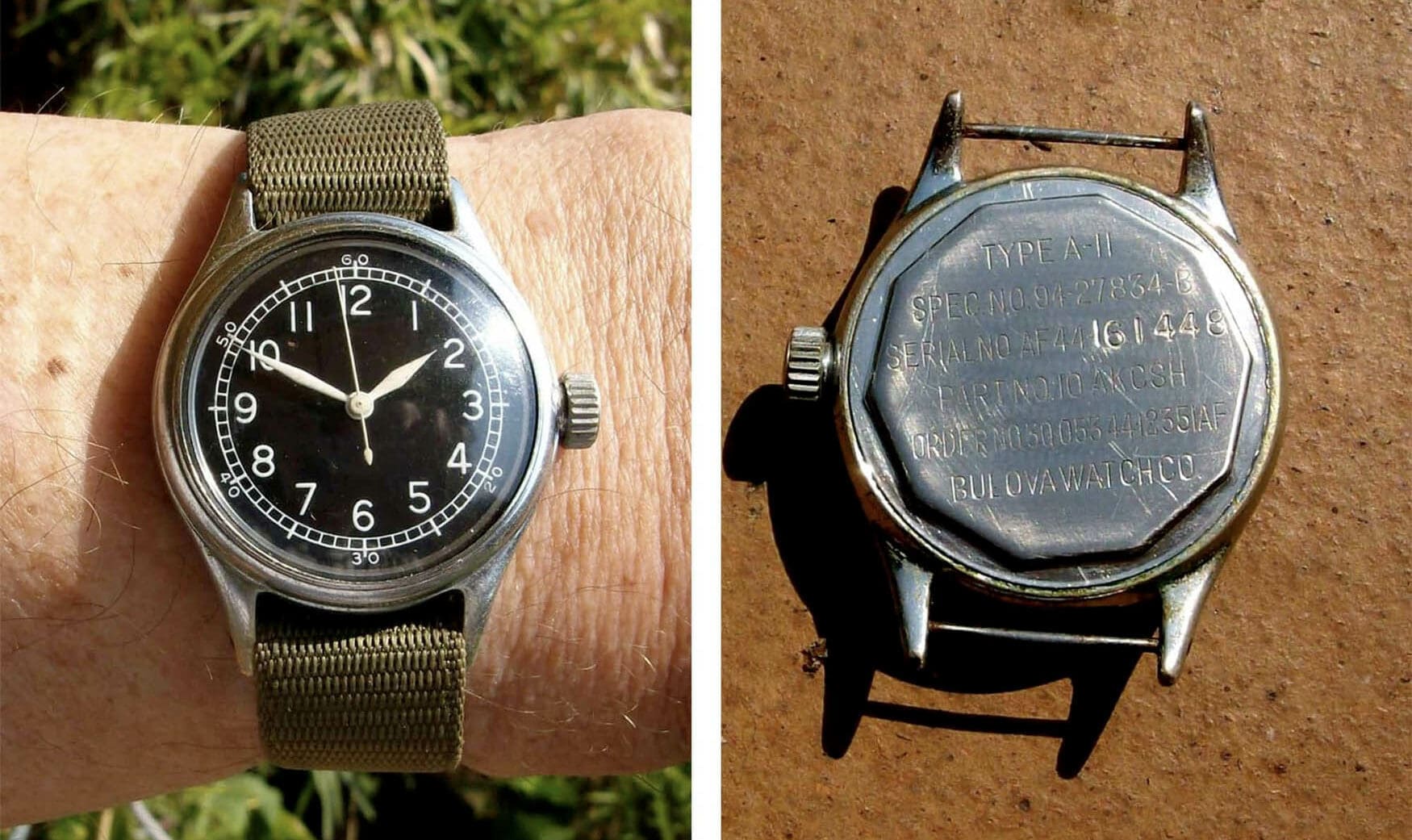
When the Americans joined the war in 1941, they needed some watches of their own. The A-11 watches manufactured by Elgin, Waltham and Bulova were less homogenous than the ATP watches, but there was one significant requirement. The movements needed to hack, which meant that the seconds hand would stop when the crown was pulled out. This allowed soldiers and pilots to easily synchronise their watches, for mission-critical timing.
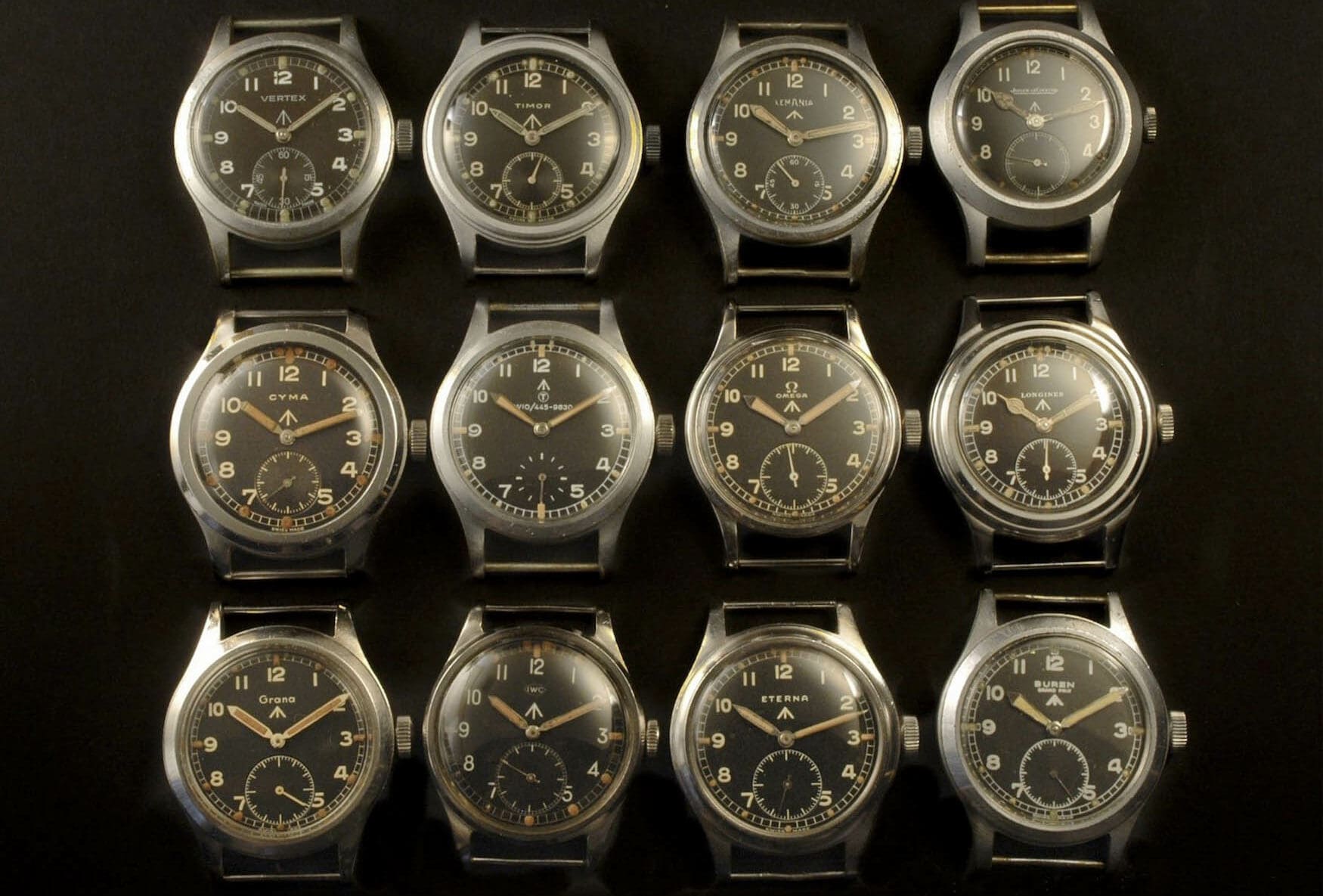
Although the American A-11 is often referred to as ‘the watch which won the war’, perhaps the most famous field watch design actually came in right near the end of the war. In 1945, the British military created a new set of specifications to overhaul the ATP design. These watches are now nicknamed the Dirty Dozen, after the 1967 film and the 12 Swiss companies commissioned to make them. They used black dials which reduced glare and improved visibility, and also bared the broad arrow symbol associated with the Ministry of Defence. That symbol, also known as a crow’s foot or a pheon, is now commonly replicated on modern adaptions of the Dirty Dozen watches. If you’re looking for vintage-inspired field watches, then chances are high that it will look a lot like one of the Dirty Dozen. The style even stretches into the luxury realm, with the likes of the Omega Seamaster Diver 300M 007 Edition.
Not too long after WWII ended in 1945, the United States joined the Korean War in 1950. This produced a new specification of watch called the A-17, used by the army and air force alike. Its most notable feature was a smaller ring of numerals which helped people quickly convert 24-hour military time. The A-17 style went through many changes over the next few decades, and by the time of the Vietnam War, the common field watch now featured triangular indices that cemented the aesthetic. This is the style which the Hamilton Khaki range of watches takes its influence from, and they are probably the most popular field watches currently for sale. The Khaki Field in particular is available in several configurations, all featuring that 24-hour ring. Even more affordable versions are abundant, such as the mechanical Seiko 5 Sports Field, the RZE Valour 38 if you want a colourful twist, or the quartz-powered Timex Expedition series.
Aside from military derivations, the modern definition of a field watch has branched out significantly. They will generally bear some resemblance to the key models previously mentioned, however the shape of the case or typefaces on the dials can vary wildly. As long as the water resistance is enough to handle some thorough soaking and the design is rugged, it could qualify. Other hallmarks include a simple dial layout, ensuring easy legibility and solid lume application.




